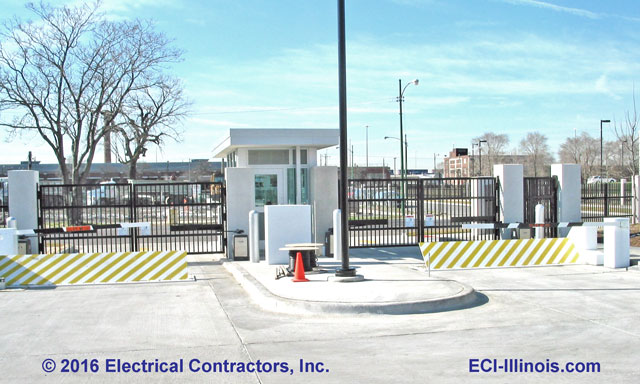The Greatest Guide To Wedge Barriers
Table of Contents8 Simple Techniques For Wedge BarriersWedge Barriers for Beginners

The Basic Principles Of Wedge Barriers
g., springtime support 65 )might be fixed to the end of the spring pole 58 to enable compression of the springs 60. As the springtimes 60 are compressed in between check this the spring sustains 62, the springtime assembly 54 creates a force acting upon the camera combined to the springtime rod 58 in a direction 66. For instance, the continuing to be force put on
the cam to release the wedge plate 16 may be provided click here to find out more by an electromechanical actuator 84 or other actuator. Because of this, the springtime setting up 54 and the actuator 84(e. g., electromechanical actuator)may run together to equate the cam and lift the wedge plate 16.
As stated above, in the released position, the wedge plate 16 serves to block accessibility or traveling past the this hyperlink barrier 10. The barrier 10(e. g., the wedge plate 16 )may block pedestrians or vehicles from accessing a building or path. If a vehicle is traveling in the direction of the deployed wedge plate 16(e. For example, in one scenario, the safety legs 86 might be extended throughoutmaintenance of the barrier 10.